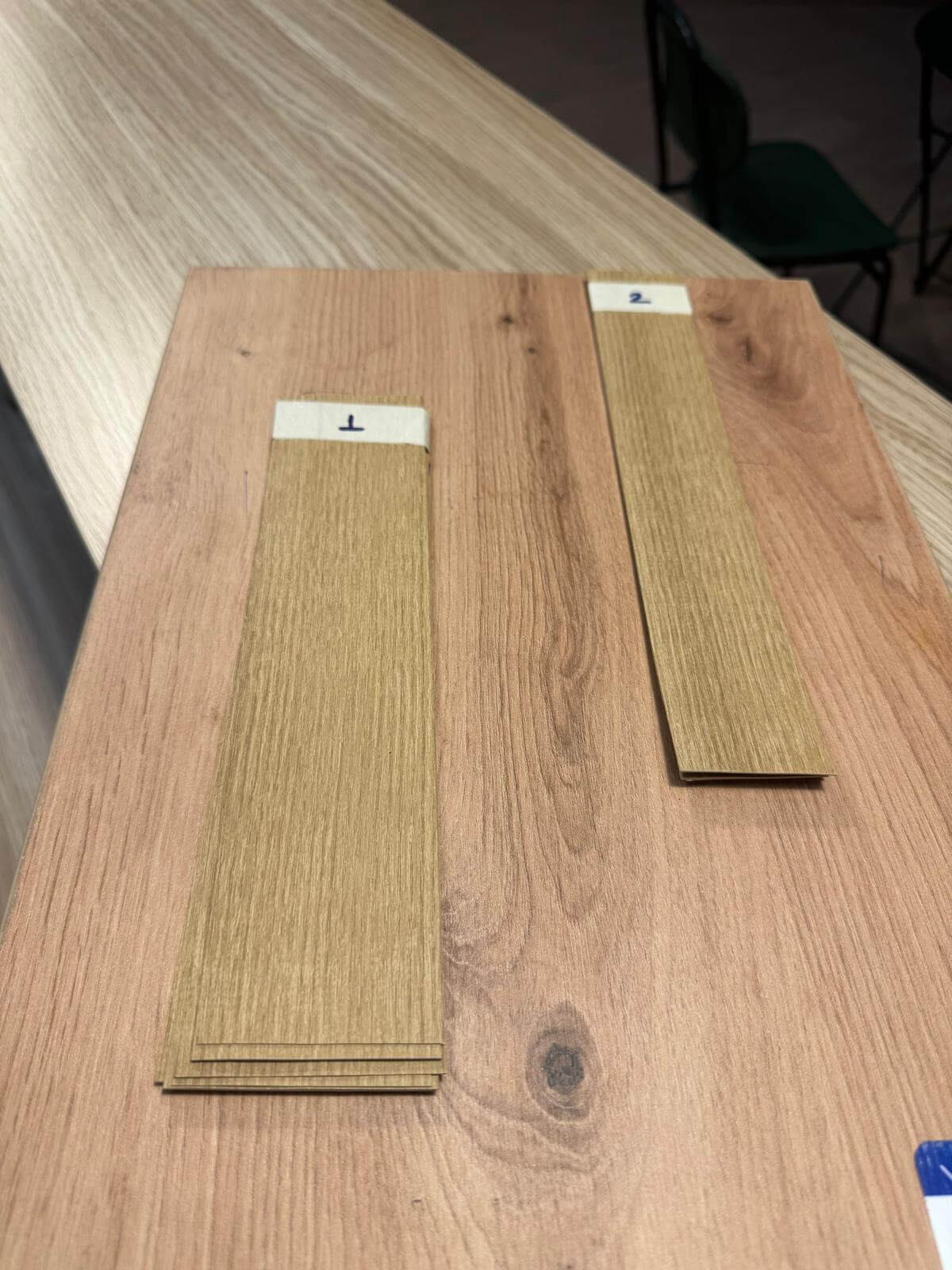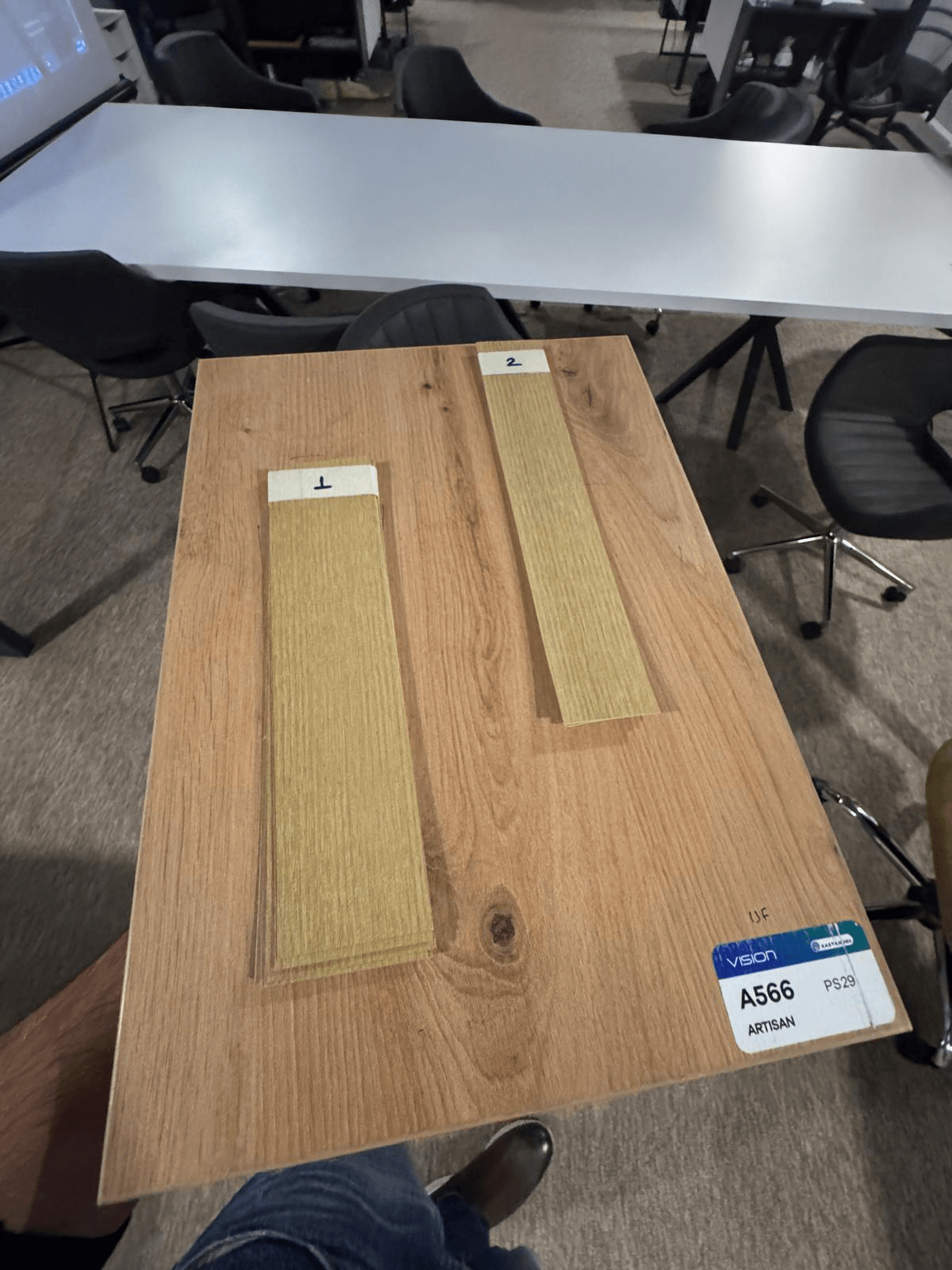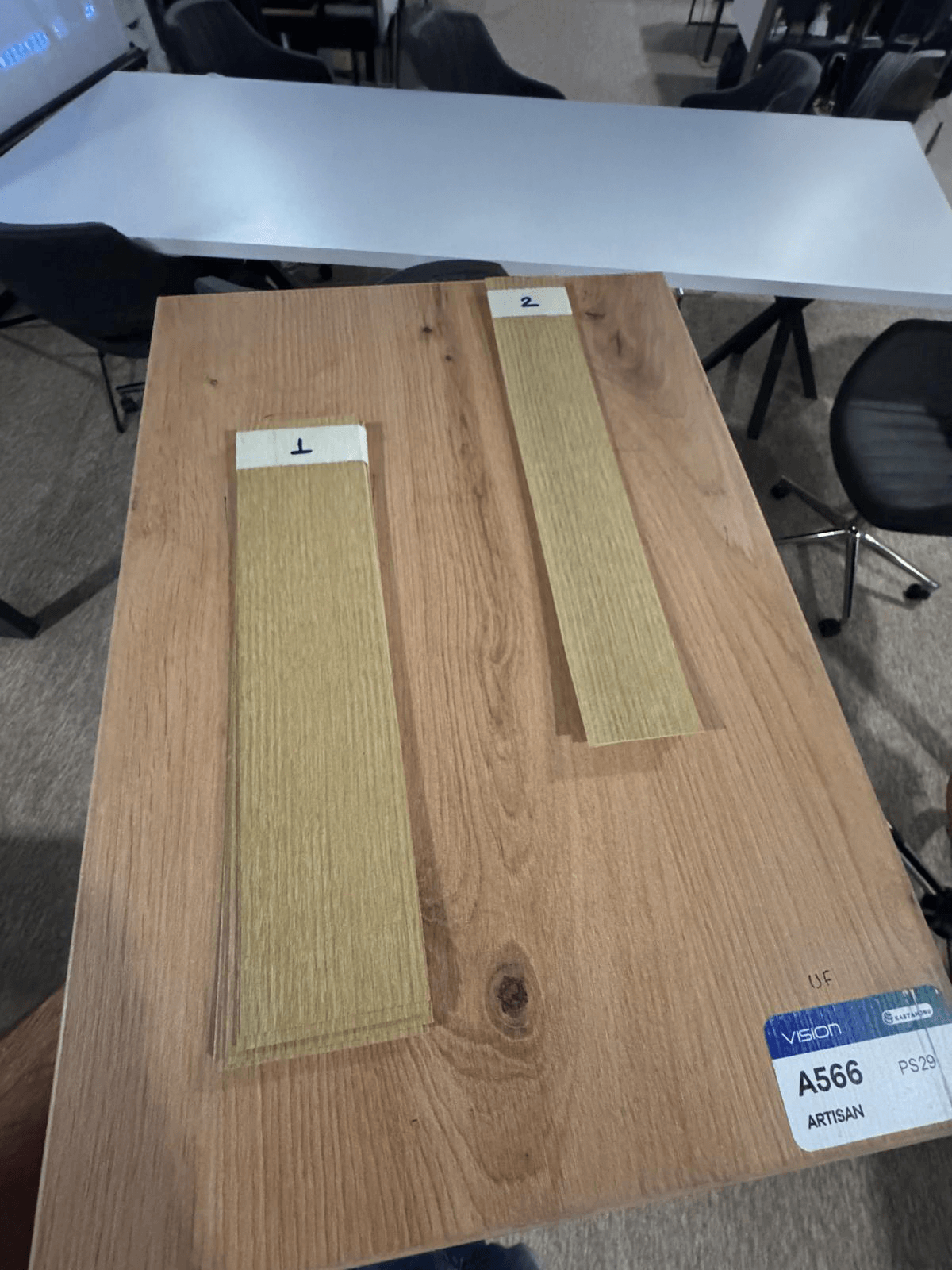Understanding the Metamerism Effect in Edgebanding: Why Colors May Look Different



In the edgebanding industry, achieving a perfect color match is a critical factor in ensuring high-quality furniture and interior designs. However, one of the most common challenges we face is explaining why a color match that appears perfect in our production facility may look different in another setting. The reason behind this is a phenomenon known as metamerism.
What is Metamerism?
Metamerism occurs when two colors appear to match under one light source but look different under another. This effect is particularly relevant in the edgebanding industry, where precise color coordination between panels and edgebands is essential.
The Role of Light in Color Perception
Different light sources emit varying spectral distributions, meaning they affect how colors are perceived. For example:
· D65 Light (Standard Daylight, 6500K): Used in our production facility, this standardized light source allows for objective and consistent color evaluation.
· Office Light (Cool White or Warm White Fluorescent, 3000K-5000K): Often used by customers, this light source can significantly alter color perception.
· Showroom Lighting (LED or Halogen): Depending on the type and intensity, showroom lighting may further influence color appearance.
Why Does This Matter for Edgebanding?
Our color-matching process is conducted under D65 light because it is an industry-standard for accurate and neutral color evaluation. However, when customers inspect the edgebands in their office or under store lighting, they might perceive a difference due to the shift in light spectrum.
How to Minimize the Effects of Metamerism
While metamerism is a natural optical effect, here are some ways to manage and minimize discrepancies:
1. Consistent Lighting for Evaluation: If possible, assess color matches under D65 light or a standardized light booth.
2. Customer Awareness: Understanding that lighting impacts color perception can help set the right expectations.
3. Spectrophotometer Usage: We use advanced tools such as a spectrophotometer with SPIN measurement to ensure precise and repeatable color matching.
4. On-Site Testing: If feasible, compare samples under different lighting conditions before making a final decision.
Conclusion
Metamerism is an inherent challenge in color matching, especially in industries like ours where aesthetics play a key role. By using industry-standard lighting and advanced measurement tools, we ensure the most accurate color matching possible. However, educating our customers about how different light sources impact color perception is equally important.
If you have any concerns about color differences in your edgebands, feel free to reach out to us. We are happy to assist you in achieving the perfect match for your needs!